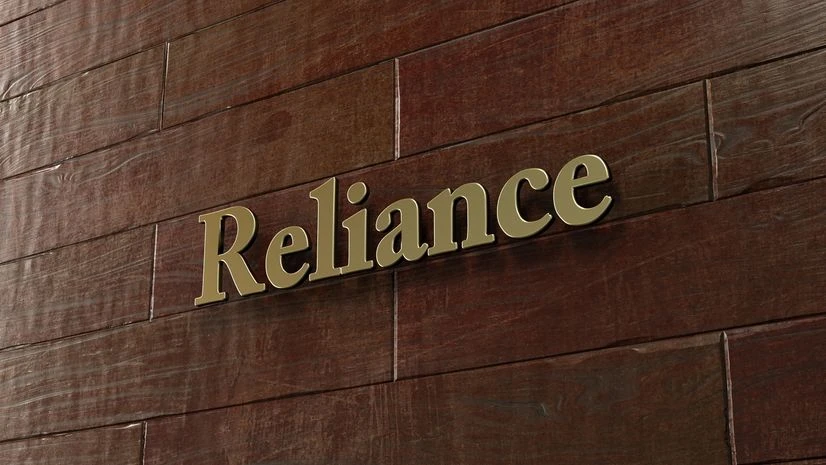Reliance Industries (RIL) shares are trading lower for the sixth straight day, down 2 per cent at Rs 1,240.70 on the BSE in Friday’s intra-day deal. In one week, the stock price of the country’s most valuable company in terms of market capitalisation has declined 5.4 per cent. In comparison, the BSE Sensex has declined 1.5 per cent during the same period. RIL is 2 per cent away from its 52-week low of Rs 1,217.70 that it touched on November 21, 2024.
In two months, RIL share price has declined 10 per cent as the company reported muted earnings for the quarter ended September 2024. In comparison, the BSE Sensex was down 2.2 per cent during the same period.
RIL’s consolidated earnings before interest, tax, depreciation, and amortisation (Ebitda) stood at Rs 86,682 crore for the six months ended September, 2024, as compared to Rs 86,715 crore in the corresponding period of the previous fiscal.
Why Stock Market Crash Today
The consolidated operating and financial performance of the company remained stable in the first six months of fiscal 2025. Revenue growth was healthy at 6 per cent while operating profitability remained stable against the same comparative period for the previous fiscal.
However, the operating profitability in the company's oil-to-chemicals (O2C) segment has seen moderation, wherein margins have weakened owing to product cracks falling sharply due to increased supply of products and lower global demand.
Also Read
Further, the growth for the company's retail segment was muted due to a weak demand, particularly in the Fashion & Lifestyle segment, CRISIL Ratings said.
Meanwhile, historical chart shows, RIL stock delivered a massive 693 per cent rally after the breakout above the super trend on the long-term charts, way back in May 2014. According to technical analysts, RIL stock is exhibiting a divergent trend on the daily and weekly charts; the stock seems favourably placed as per the daily chart, while the weekly chart hints at limited upside. CLICK HERE FOR FULL REPORT
However, the brokerages have a ‘Buy’ rating on RIL, with an upside target price of Rs 1,580.
Citibank upgraded the stock from ‘neutral’ to ‘buy’ rating, citing favourable risk-reward dynamics. The US-headquartered brokerage firm has raised the target price for the scrip to Rs 1,530, as it expects an improvement in refining margins, given China’s reduced export competitiveness. Further, Jio (telecom arm) remains well positioned to benefit not just from future tariff hikes but also from any moves to improve data pricing and/or better monetisation of 5G, Citi said in a note.
RIL has underperformed the broader benchmarks, telecom peer Bharti Airtel, and organised peers in the retail space, over the past few years, despite similar or superior Ebitda growth.
Motilal Oswal Financial Services (MOFSL), believes RIL’s underperformance was driven by higher capex in Retail and RJio as well as a lack of free cash flow (FCF) generation. However, the brokerage firm believes the capex has likely peaked and it expects RIL to generate approximately Rs 1 trillion cumulative FCF over FY24-27. According to MOFSL, the risk-reward for RIL is compelling, as it is currently trading close to its bear-case valuations (1:10 risk-reward skew).
After two quarters of weakness, refining margins have improved in Q3, though petchem contribution is likely to remain subdued in the medium term. MOFSL believes RIL’s capex has likely peaked in FY24 with the completion of 5G rollouts. However, capex should increase in New Energy, but will likely be funded by robust cash flow generation in the O2C segment, it added.

)